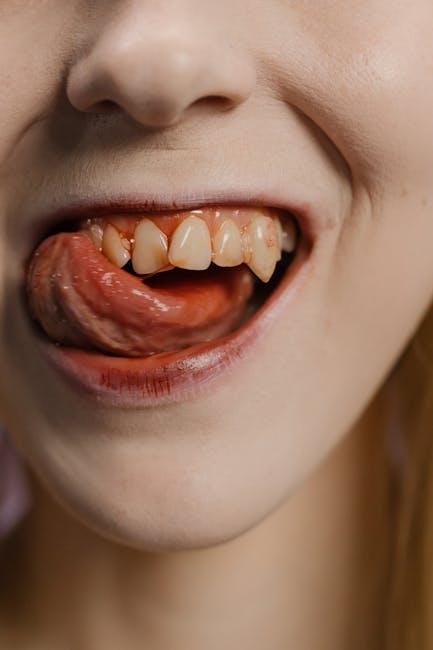
Does Medicaid Cover Dental? Orthodontics, Common Procedures & State Coverage
Dental health is an essential part of overall wellness, but navigating Medicaid dental coverage can be confusing. Many people wonder, does Medicaid cover dental care? and more specifically, does Medicaid pay for orthodontics? In this comprehensive guide, we’ll break down what dental services Medicaid typically covers, the availability of orthodontic treatment, common procedures you can expect coverage for, and how coverage varies by state. Whether you’re a Medicaid enrollee or researching options for a loved one, this article will equip you with essential knowledge to make the most of your dental benefits.
Understanding Medicaid Dental Coverage: What Is Included?
Medicaid is a joint federal and state program offering health coverage to eligible low-income individuals and families. While Medicaid mandates certain medical benefits, dental coverage is treated more flexibly, especially for adults. Here’s how it generally works:
- Children’s Dental Coverage: Under the Early and Periodic Screening, Diagnostic, and Treatment (EPSDT) benefit, Medicaid must cover comprehensive dental services for individuals under 21. This includes preventive, diagnostic, and treatment services.
- Adult Dental Coverage: Not required by federal law. States have discretion and may choose to offer limited, emergency-only, or no dental coverage for adults on Medicaid.
Common Medicaid Dental Procedures Covered
Medicaid typically covers the following dental services for children, often including adults depending on state policies:
- Dental exams, cleanings, and X-rays
- Fillings for cavities
- Tooth extractions and oral surgery
- Root canals
- Preventive treatments like fluoride and sealants
- Emergency dental care for pain and infections
Does Medicaid Cover Orthodontics?
Orthodontics — treatments like braces or Invisalign — are often considered cosmetic, which means Medicaid coverage is limited and varies widely. However, coverage is sometimes approved for medically necessary cases, such as:
- Severe malocclusion affecting speech or chewing
- Congenital conditions like cleft palate
- Injury-related dental abnormalities
For children enrolled in Medicaid, orthodontic coverage depends heavily on the state and individual plan policies. Adults generally have very limited or no orthodontic benefits under Medicaid.
State Variations on Orthodontic Coverage
| State | Orthodontic Coverage | Notes |
|---|---|---|
| California | Limited coverage | Medically necessary orthodontics approved case-by-case |
| Texas | No coverage for orthodontics | Only emergency dental care covered for adults |
| New York | Comprehensive for children | Includes orthodontics with prior authorization |
| Florida | Limited to emergency only | No orthodontics for adults or children |
| Illinois | Orthodontic coverage available | Primarily for children with qualifying conditions |
How to Maximize Your Medicaid Dental Benefits
Whether you’re seeking routine dental care or orthodontic treatment, follow these practical tips to make the most of your Medicaid dental coverage:
- Know Your State’s Policies: Visit your state Medicaid dental program website to learn specific coverage rules.
- Find In-Network Dentists: Use Medicaid’s provider directory to find dentists who accept Medicaid to avoid out-of-pocket costs.
- Get Prior Authorization: For orthodontics or complex treatments, require prior approval by submitting medical necessity documentation.
- Schedule Regular Checkups: Preventive care can reduce the need for costly treatments and is widely covered for children.
- Ask About Payment Programs: If a procedure isn’t covered, some dentists offer sliding-scale fees or payment plans.
Benefits of Medicaid Dental Coverage
Dental coverage through Medicaid is more than just brushing and filling cavities. It supports comprehensive oral health that impacts overall well-being:
- Improves Preventive Care: Early detection of issues prevents costly emergency treatment.
- Supports Children’s Development: Healthy teeth and jaws help speech, nutrition, and learning.
- Reduces Financial Burden: Covers costly dental procedures that might otherwise be unaffordable.
Case Study: Medicaid Orthodontic Coverage in Action
Meet Sarah, a 12-year-old on Medicaid in Illinois, diagnosed with a severe overbite affecting her speech and eating. Her dentist submitted prior authorization for braces, evidencing the medical necessity. Illinois Medicaid approved the treatment, covering the full cost. Thanks to the coverage, Sarah received orthodontic care that gave her a healthier smile and improved confidence.
Conclusion
So, does Medicaid cover dental care? The short answer: yes for children under 21, but coverage for adults and orthodontics varies by state and plan. Medicaid covers many common dental procedures including exams, fillings, and extractions, while orthodontic treatment is often covered only when medically necessary. Understanding your state’s Medicaid dental policies and working closely with your dental provider can help you unlock valuable dental benefits and maintain a healthy smile.
For tailored guidance on your state’s Medicaid coverage and how to apply for orthodontics or other treatments, visit Healthinsurance.org and explore your options today.


